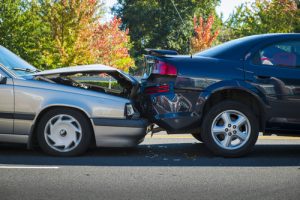 Driving on California’s highways can be an exhilarating experience, but it can also be very dangerous. Every year, there are thousands of traffic accidents in the Golden State, many of which result in serious injuries and even death. In this article, we’ll take a look at the latest traffic accident statistics in California for 2022.
Driving on California’s highways can be an exhilarating experience, but it can also be very dangerous. Every year, there are thousands of traffic accidents in the Golden State, many of which result in serious injuries and even death. In this article, we’ll take a look at the latest traffic accident statistics in California for 2022.
Overview
According to the California Highway Patrol (CHP), there were 216,366 traffic accidents in the state in 2022, which resulted in 3,854 fatalities and 165,978 injuries. This represents a decrease of 6.5% in the number of accidents, a decrease of 5.2% in the number of fatalities, and a decrease of 7.3% in the number of injuries, compared to the previous year.
 California Accident Attorneys Blog
California Accident Attorneys Blog






